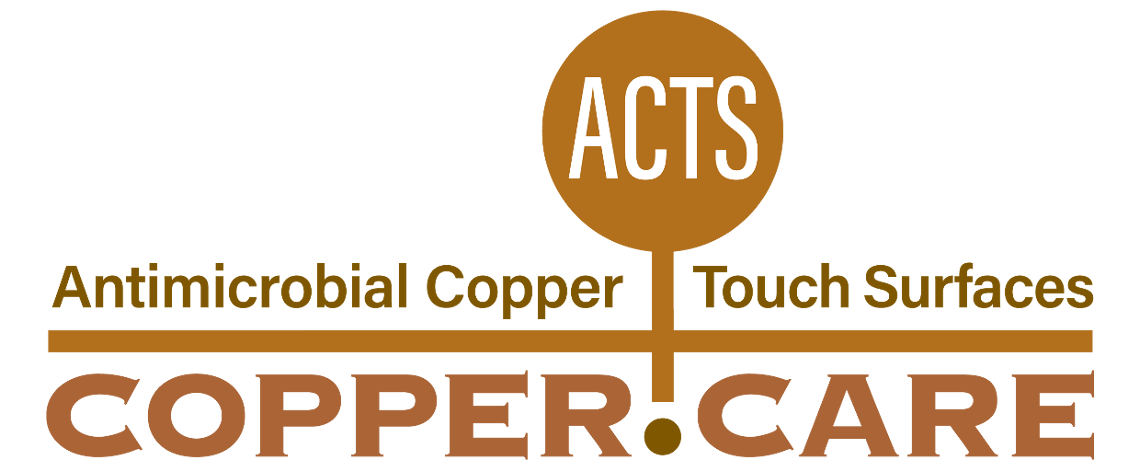
Findings:
The efficiency of copper as an antimicrobial material has been noted in laboratory studies and in the hospital environment. The present study further shows that copper exerted an antibacterial effect in different facilities, i.e. in a hospital, a kindergarten, an office building and in a retirement home for the elderly. The study suggests that copper has potential use as an antibacterial material and therefore might serve as a means to lower the incidence of transmission of infectious agents from inanimate surfaces in different facilities, with everyday functions.









